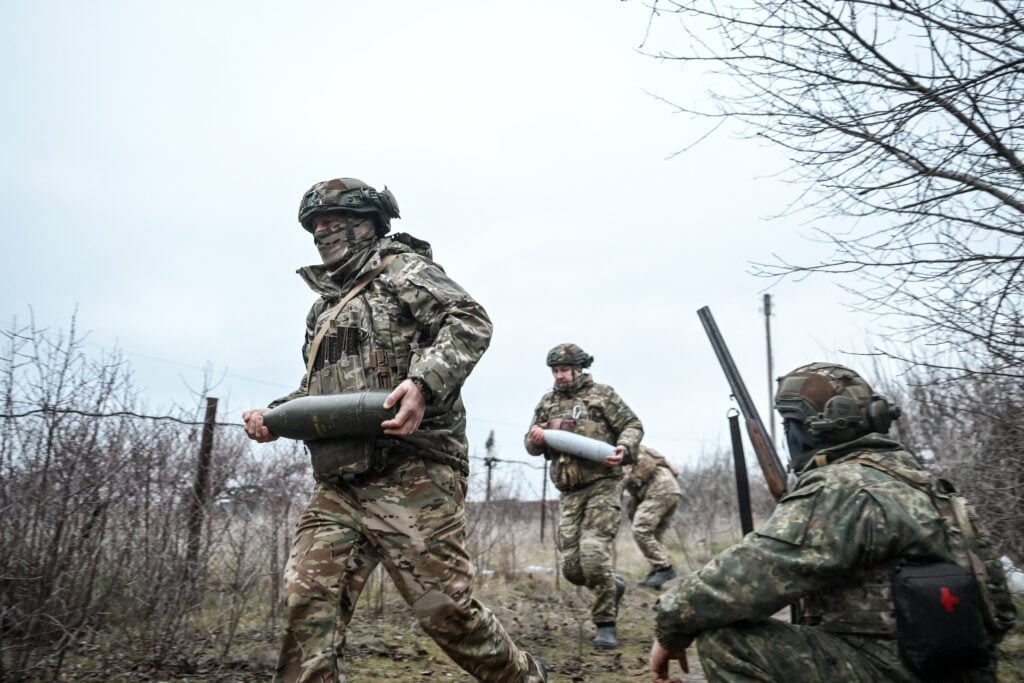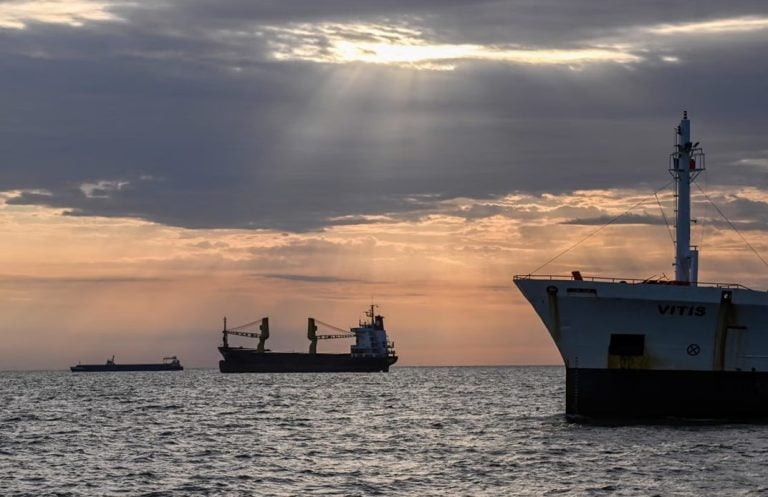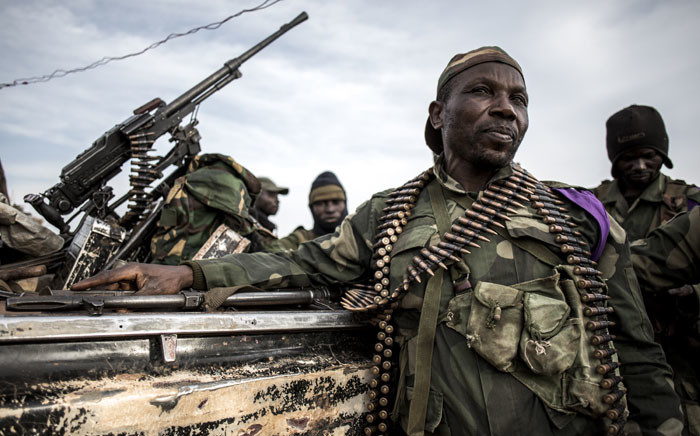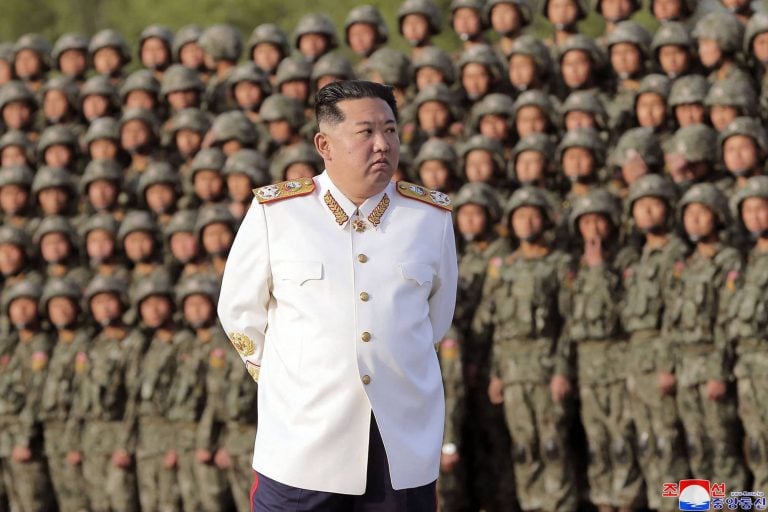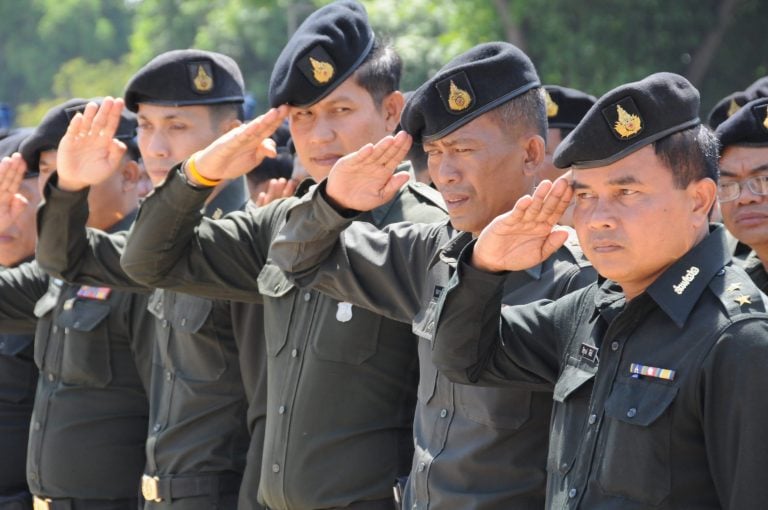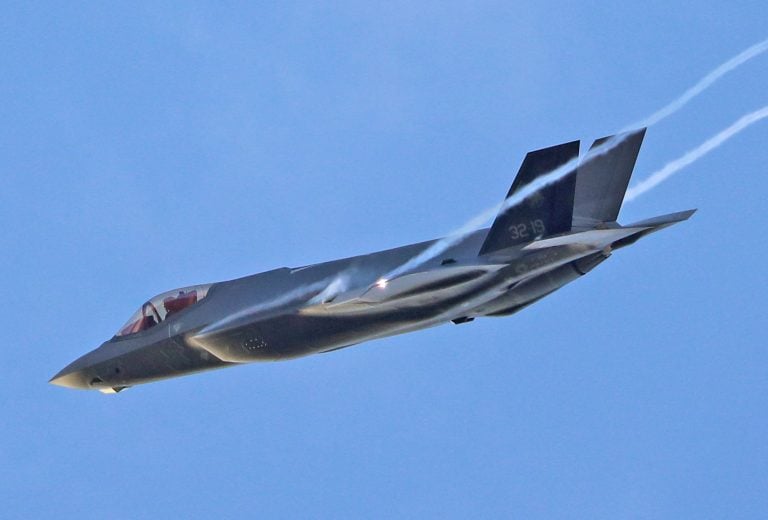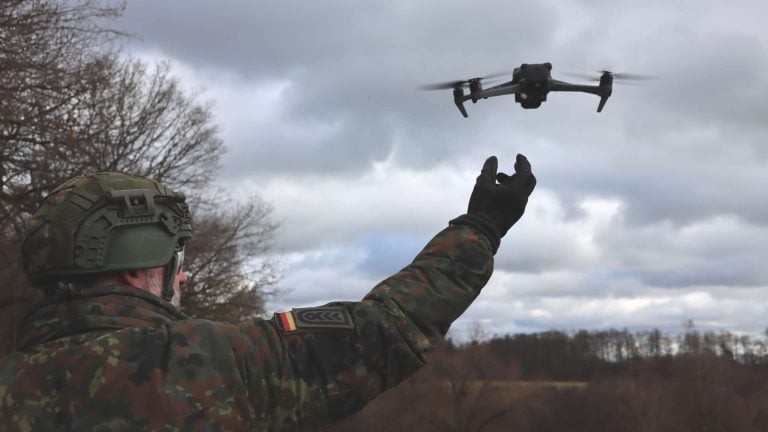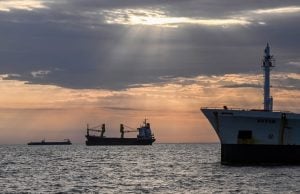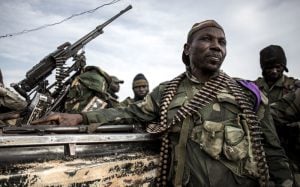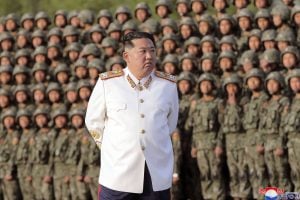Concerns over NATO’s industrial capacity have heightened following alarming assessments of Russia’s military production capabilities. During a recent discussion at the Chatham House think tank in London, NATO Secretary General Mark Rutte highlighted that Russia is producing ammunition at a rate that surpasses the combined output of all NATO member states over a year, within just three months. This stark comparison underscores the urgency for NATO allies to enhance their military production to better prepare for potential future conflicts.
Rutte pointed to the modernization of Russian forces, noting the incorporation of Chinese technology to bolster their defense capabilities. “Russia is reconstituting its forces and producing more weapons faster than we thought,” he remarked. This urgent scenario is compounded by a recent report from the International Institute for Strategic Studies, which revealed that Russia’s military spending is set to reach 13.1 trillion rubles (approximately $145.9 billion) in 2024. This figure represents 6.7 percent of Russia’s GDP and marks a substantial 41 percent increase compared to the previous year.
In stark contrast, NATO advocates that its member countries should commit at least 2 percent of their GDP to defense spending. Poland stands out with a notable allocation of 4.12 percent, followed closely by Estonia at 3.43 percent and the United States at 3.38 percent. The calls for increased defense budgets come in the wake of escalating fears that Russia may target NATO member states in the wake of its aggressive actions in Ukraine.
A 2024 assessment by German military intelligence has fueled these concerns by suggesting that a Russian attack on a NATO member could occur as early as 2026. While the report did not specify which country might be targeted, Germany is proactively considering reintroducing conscription for 18-year-olds to strengthen its military capacity in light of this threat.
Adding to the mounting apprehension, a senior British Army officer recently stated that the UK’s military lacks the necessary size to effectively withstand a full-scale war, indicating that civilian mobilization might be necessary in the event of significant conflict.
In his statements, Rutte estimated that Russia could pose a credible threat to NATO in the near future, especially as it remains engaged in combat against a Western-supported Ukraine. He urged alliance members to reconsider their defense spending goals, suggesting that an elevation to 5 percent of GDP may be essential to deter future Russian aggression effectively.
